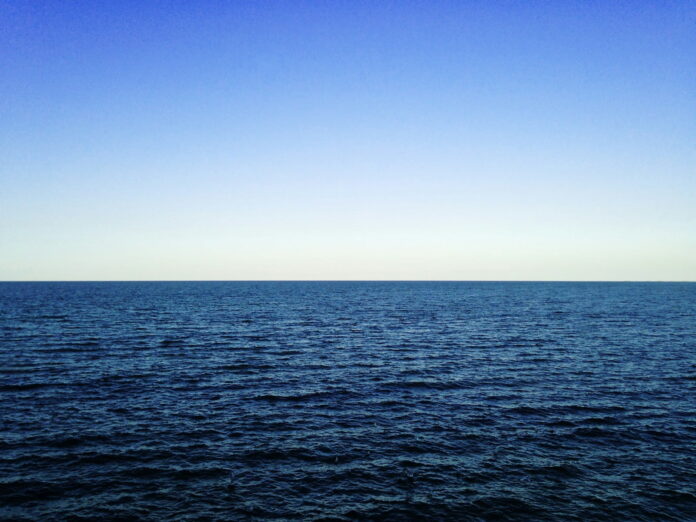The health of our oceans is inextricably linked to the practices employed in harvesting its resources. In recent years, overfishing, habitat destruction, and biodiversity loss have sounded alarms, necessitating a shift toward sustainable fishing methods. Sustainable fishing is about balance – taking what we need while ensuring that marine ecosystems continue to thrive for future generations.
Understanding Sustainable Fishing
Sustainable fishing is a multifaceted approach aimed at maintaining fish populations and marine ecosystems at healthy levels. It involves managing fishing activities so that species are harvested at a rate where they can replenish themselves naturally. This practice helps to prevent overfishing, which can lead to the collapse of fish stocks and negatively impact the marine food chain and the livelihoods of communities that rely on fishing.
At the heart of sustainable fishing lies the understanding of fish populations’ dynamics, habitat requirements, and the broader ecological role each species plays. This comprehension is crucial as it informs the setting of catch limits, the implementation of seasonal closures to allow for spawning, and the protection of nursery habitats. By ensuring that these factors are respected, fisheries can remain productive and ecosystems vibrant.
Key to sustainable fishing is the adoption of selective gear and methods that minimize bycatch—the incidental capture of non-target species such as dolphins, sea turtles, and seabirds. Sustainable fishing also means avoiding fishing methods that damage the seafloor or other habitats, ensuring that the integrity of the marine environment is preserved. Through these considerations, sustainable fishing practices support not only the conservation of fish stocks but also the overall health of the ocean.
Techniques for Ocean Stewardship
Ocean stewardship encompasses a range of techniques that collectively contribute to the health and sustainability of marine environments. One such technique is the use of eco-friendly fishing gear designed to reduce bycatch and habitat destruction. For example, circle hooks and turtle excluder devices in nets can significantly decrease the unintentional capture of non-target species, while fishing methods like pole-and-line capture only the intended species, leaving others unharmed.
Another technique is the establishment of marine protected areas (MPAs), which serve as safe havens for marine life. These areas allow ecosystems to recover and flourish, free from the pressures of fishing. MPAs also act as nurseries for young fish and other marine organisms, which can spill over into adjacent areas, supporting fisheries and promoting biodiversity.
The implementation of catch shares and quota systems assigns specific quantities of fish that can be caught by individual fishers or fishing companies. This approach incentivizes fishers to become stewards of the resource, as their future catch – and livelihood – depends on the health of the fish stocks. Combined with scientific monitoring and community management, these techniques forge a path towards responsible ocean stewardship and sustainable fishing practices.
Global Fishing Regulations
Global fishing regulations are crucial for the standardized management of marine resources. These regulations are often developed and enforced by international bodies such as the United Nations Food and Agriculture Organization (FAO) and regional fisheries management organizations (RFMOs). They set guidelines that member countries agree to follow, such as catch limits for certain species, gear restrictions, and the implementation of measures to protect vulnerable ecosystems.
International agreements like the United Nations Convention on the Law of the Sea (UNCLOS) provide a legal framework for governing the world’s oceans. UNCLOS establishes guidelines for the conservation and management of marine living resources, including the high seas, which lie beyond any national jurisdiction. These agreements are complemented by national laws and regulations that reflect the specific needs and conditions of local fisheries and ecosystems.
The enforcement of global fishing regulations is a challenging task, often hindered by issues such as illegal, unreported, and unregulated (IUU) fishing. To combat this, there is a growing reliance on technology, such as satellite tracking and monitoring systems, to ensure compliance. Additionally, transparency and traceability in the seafood supply chain are being improved, making it easier to track the journey of fish from ocean to plate and to ensure that only legally caught seafood enters the market.
Ensuring Marine Life Thrives
The ultimate goal of sustainable fishing practices and regulations is to ensure that marine life thrives, maintaining biodiversity and the natural balance of ocean ecosystems. Effective management must be adaptive, taking into account the changes in marine populations and environmental conditions. It also requires the integration of scientific research and traditional knowledge to understand and respond to the dynamic nature of marine ecosystems.
Public awareness and consumer choices play a pivotal role in supporting sustainable fisheries. As consumers demand seafood that is sustainably sourced, the market shifts in favor of fisheries that prioritize the health of marine ecosystems. This demand can drive improvements in fishing practices and encourage the adoption of certification schemes like the Marine Stewardship Council (MSC), which assesses whether fisheries meet high standards of sustainability.
Collaboration is key to the success of sustainable fishing initiatives. Governments, fisheries, NGOs, and the scientific community must work together to share knowledge, develop best practices, and ensure enforcement of regulations. When all stakeholders are engaged in the process, there is a greater chance of achieving a future where marine life not only survives but thrives.
Sustainable fishing practices are not just an environmental imperative; they are a necessity for the continued prosperity of human communities that rely on the oceans for their way of life. By understanding the principles of sustainable fishing, implementing stewardship techniques, adhering to global regulations, and working collectively to ensure marine life thrives, we can safeguard the oceans for generations to come. The journey towards truly sustainable fishing is complex and ongoing, but it is one that we must undertake with urgency and commitment. The health of our oceans – and our future – depends on it.
